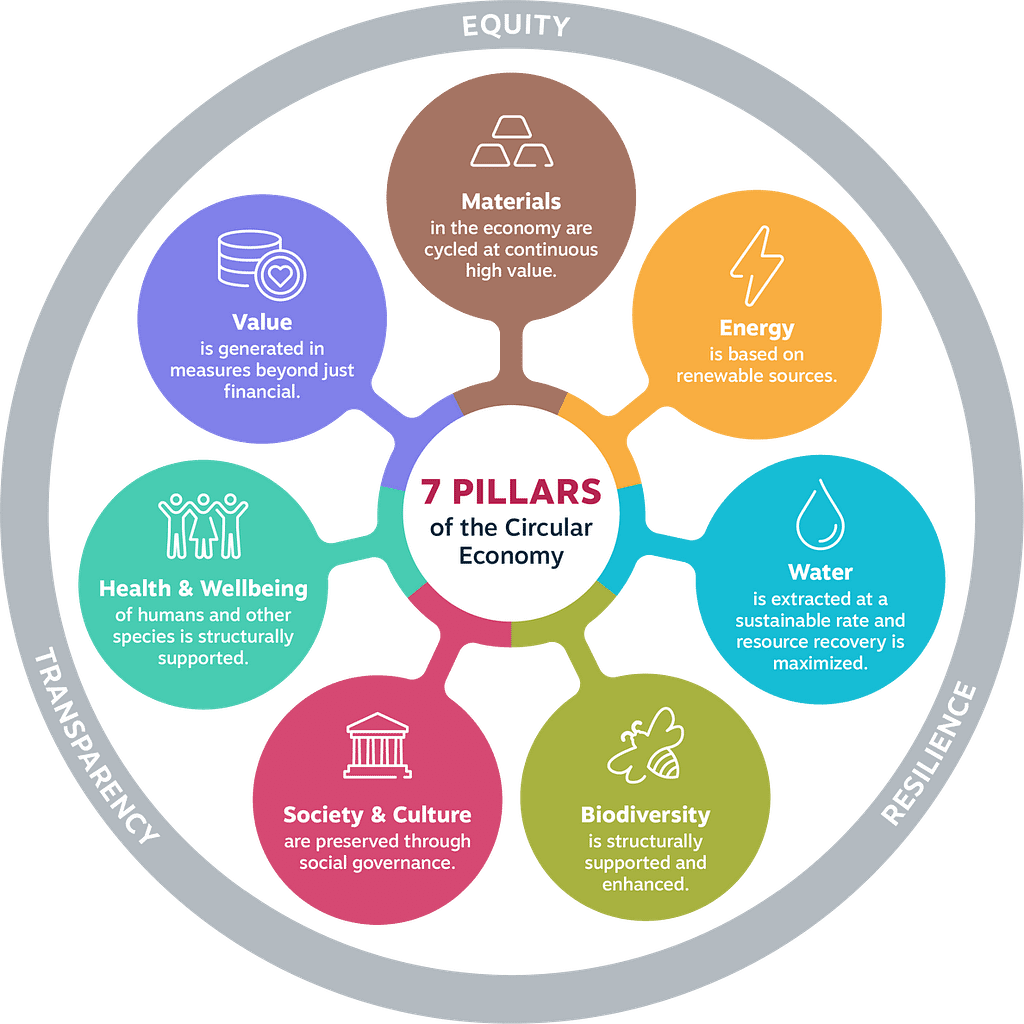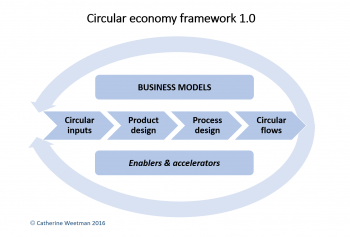Circular Economy Framework to Revolutionize Resource Management by Year’s End
In a significant step towards sustainable development, the government is set to unveil a comprehensive Circular Economy Framework by the end of the year. This framework aims to transform the way we consume, produce, and dispose of resources, creating a more efficient and environmentally friendly economic model.
Circular Economy Principles
The circular economy concept is based on the idea of keeping resources in use for as long as possible, minimizing waste, and maximizing the recovery and reuse of materials. It involves: *
Designing for Durability:
Products should be designed to last longer and be easily repaired or upgraded. *
Reducing Waste:
Limiting the generation of waste through efficient production and consumption practices. *
Reusing and Recycling:
Giving materials a second life through reuse, remanufacturing, or recycling processes. *
Regenerating Resources:
Utilizing renewable resources responsibly and restoring natural ecosystems.
Benefits of Circularity
Adopting a circular economy framework offers numerous benefits: *
Resource Security:
Reduced dependence on finite resources and enhanced resilience against supply chain disruptions. *
Economic Growth:
Creation of new jobs in industries focused on repair, reuse, and recycling. *
Environmental Protection:
Minimization of waste, pollution, and greenhouse gas emissions. *
Increased Competitiveness:
Businesses that embrace circularity can gain a competitive advantage through innovation and cost savings.
Framework Implementation
The upcoming Circular Economy Framework will provide a roadmap for stakeholders to transition to a circular economy. It will include measures to: * Incentivize sustainable design and production practices. * Enhance waste management infrastructure. * Promote consumer awareness and behavior change. * Collaborate with businesses, industries, and research institutions.
Conclusion
The unveiling of the Circular Economy Framework is a much-anticipated milestone in the government’s commitment to sustainability. By embracing circular principles, the country can create a more resource-efficient, environmentally conscious, and economically prosperous future for generations to come.The European Commission is set to unveil a new circular economy framework by the end of the year. The framework will outline a series of measures to help the EU transition to a more circular economy, in which resources are used more efficiently and waste is minimised. The new framework will build on the existing Circular Economy Action Plan, which was adopted in 2015. The Action Plan has already helped to make some progress towards a more circular economy, but more needs to be done. The new framework will set out a more ambitious vision for a circular economy, and it will include a number of new measures to help achieve this vision. These measures are likely to include: *
New targets for recycling and reuse:
The EU currently has a recycling target of 55% by 2025, but this target is likely to be increased in the new framework. The framework may also include new targets for reuse, such as a target for reusing 10% of all materials by 2030. *
New measures to reduce waste:
The EU currently has a landfill ban for certain types of waste, but this ban is likely to be extended in the new framework. The framework may also include new measures to reduce food waste, such as a requirement for supermarkets to donate unsold food to charities. *
New measures to support circular businesses:
The EU currently provides some support for circular businesses, but this support is likely to be increased in the new framework. The framework may include new measures to help circular businesses access finance, such as a new investment fund for circular businesses. The new circular economy framework is expected to be adopted by the end of the year. Once adopted, the framework will provide a clear roadmap for the EU’s transition to a more circular economy.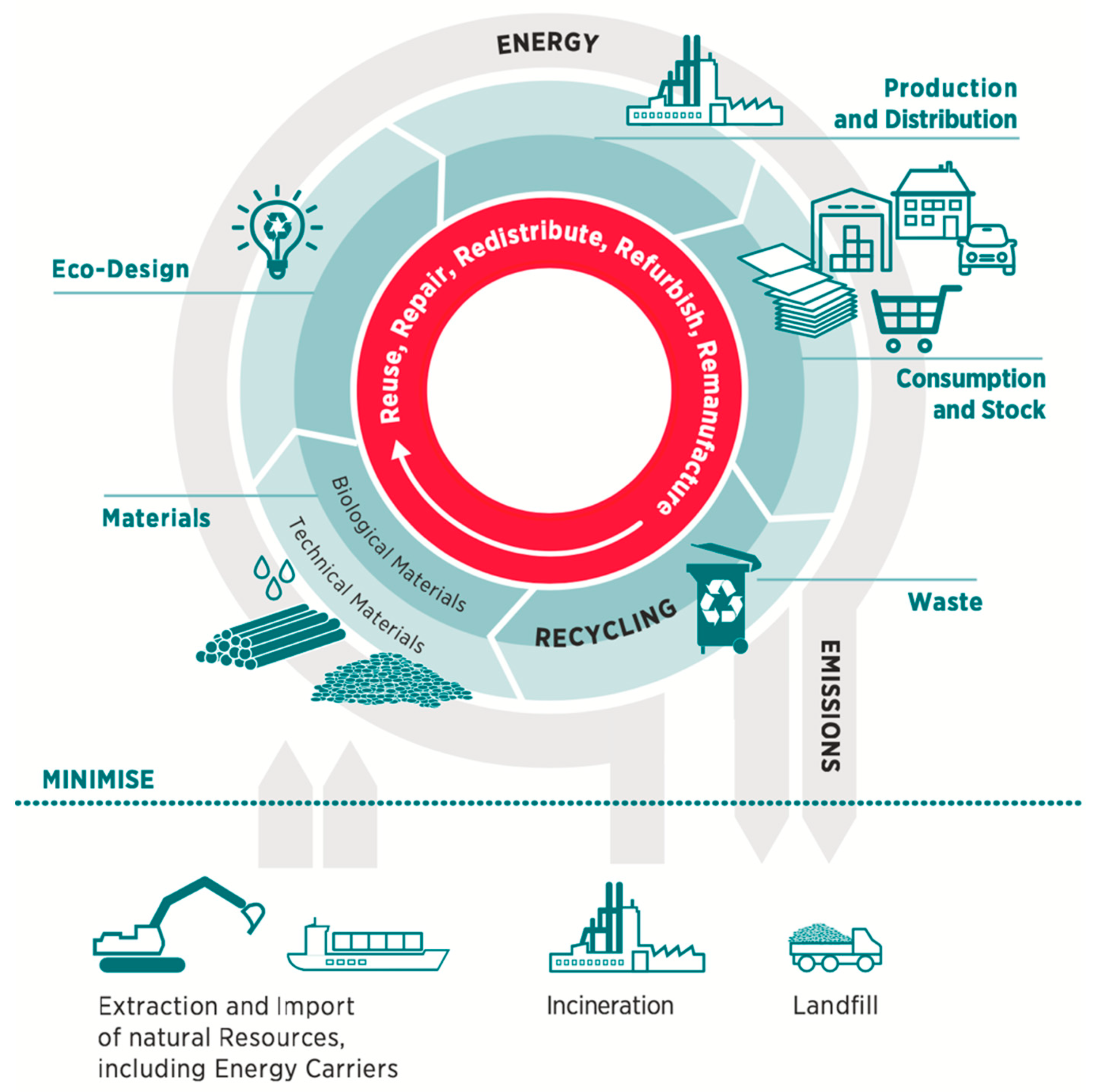
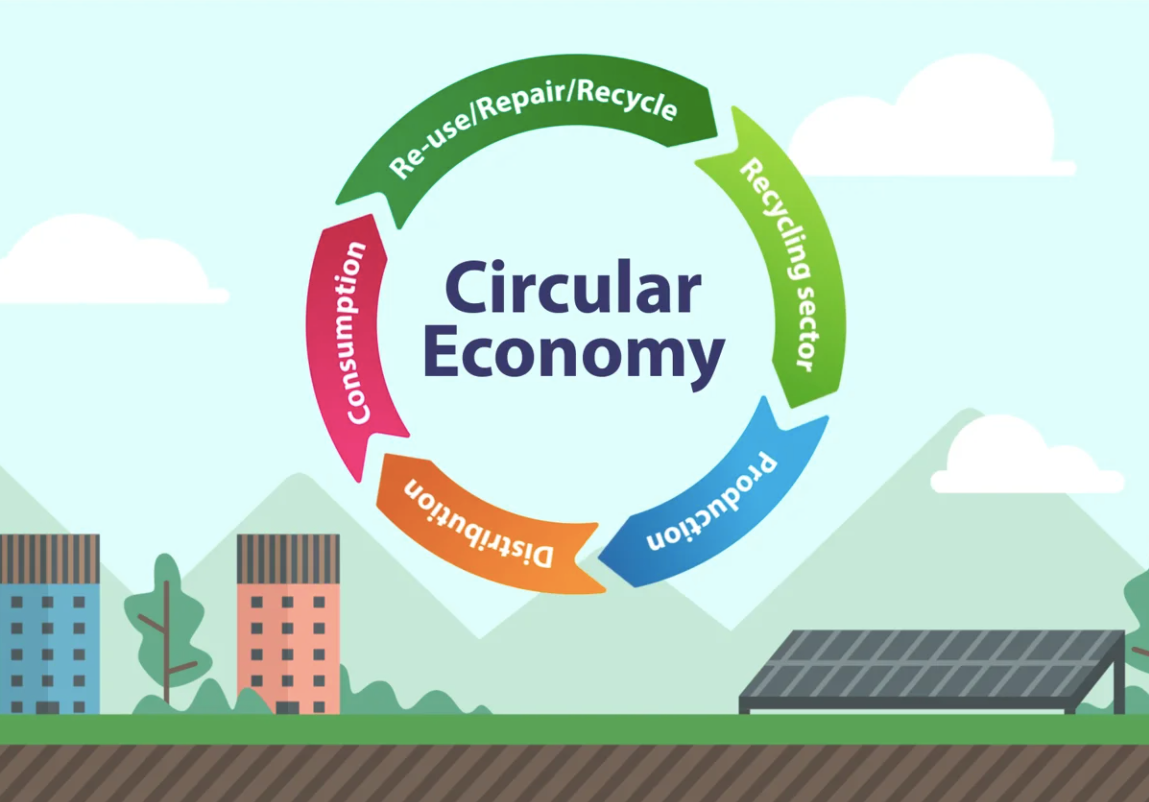

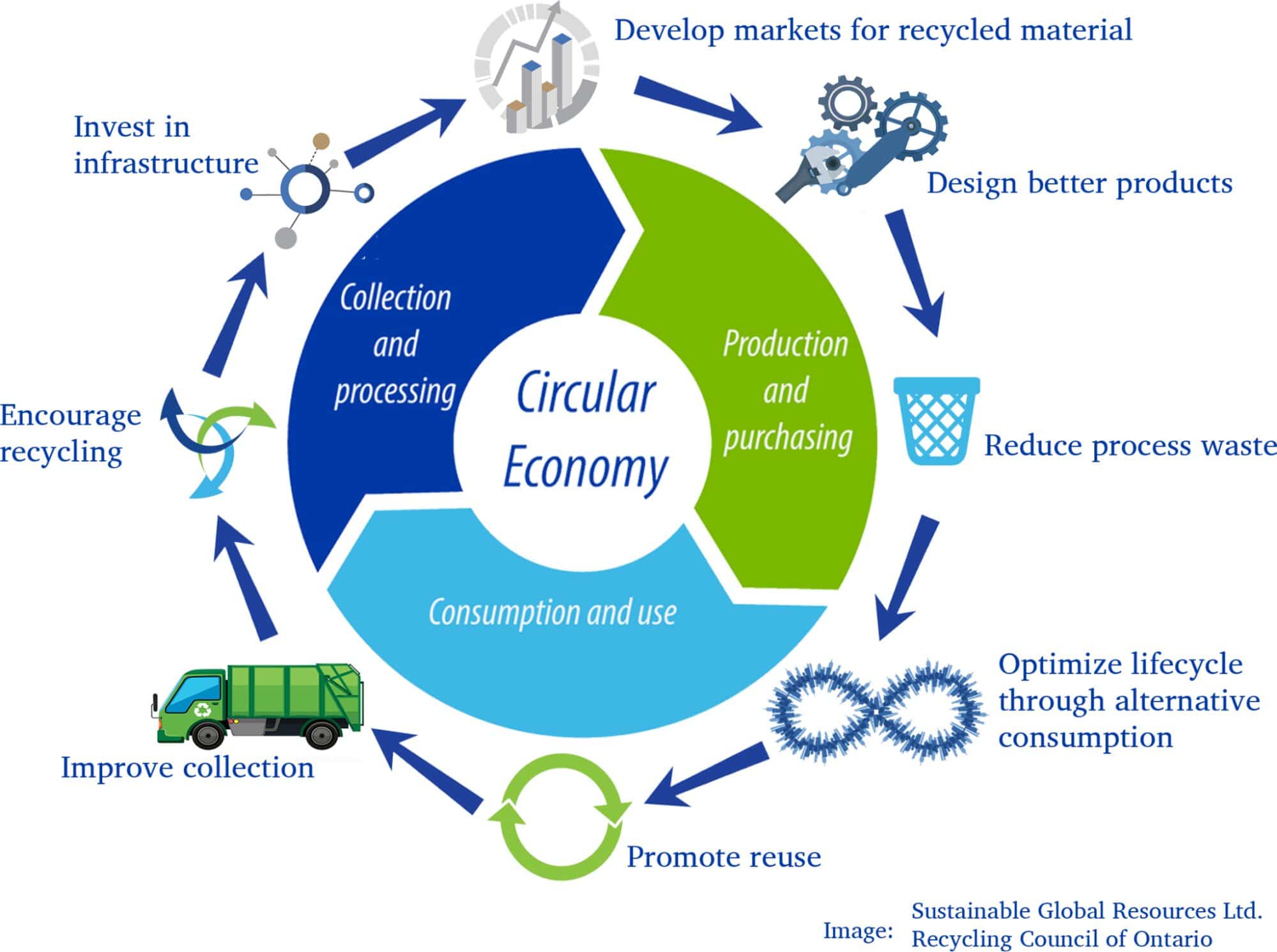

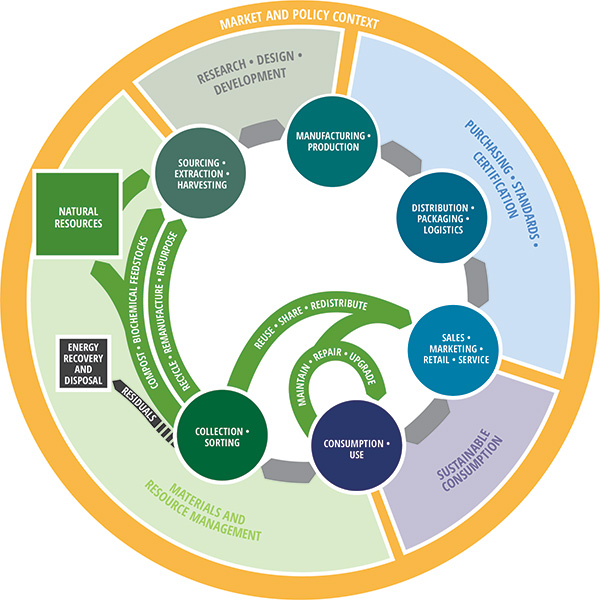




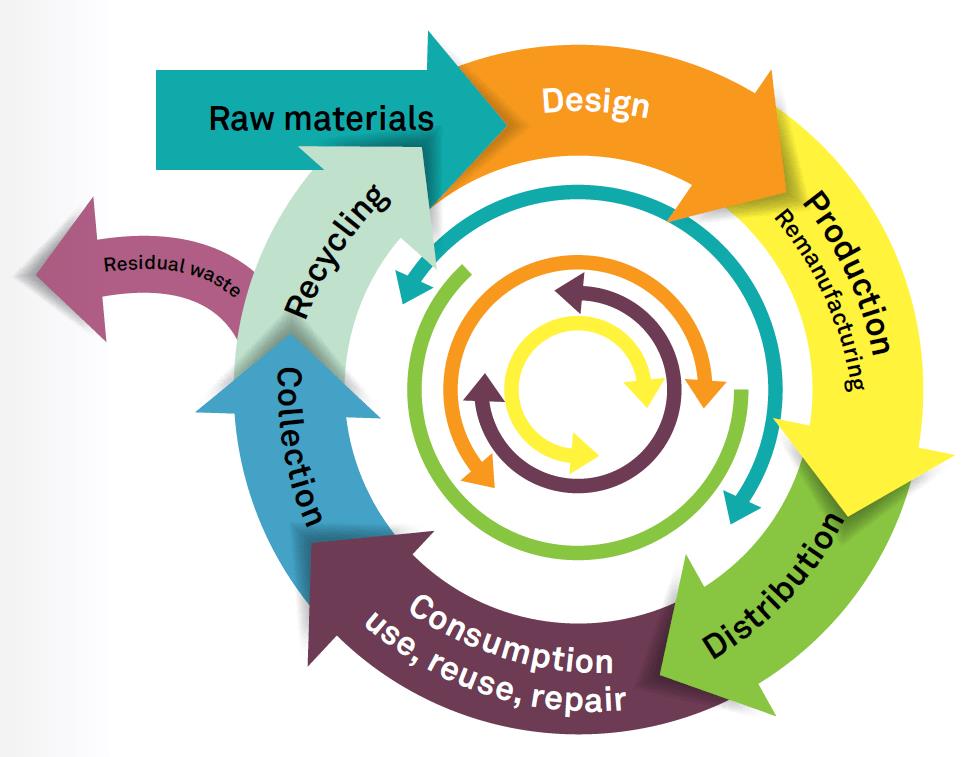

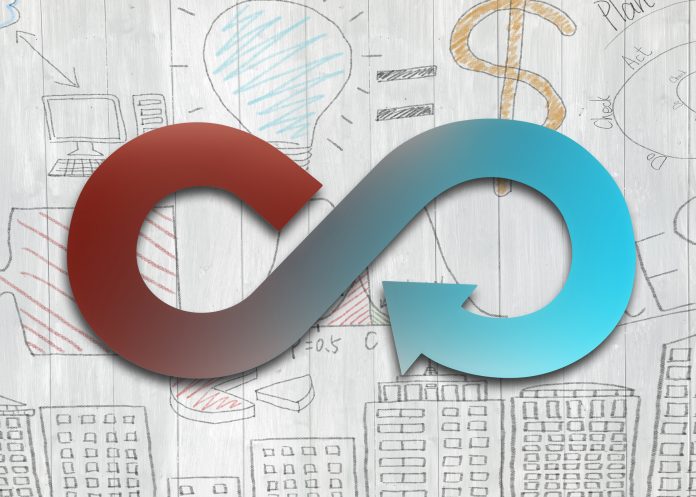

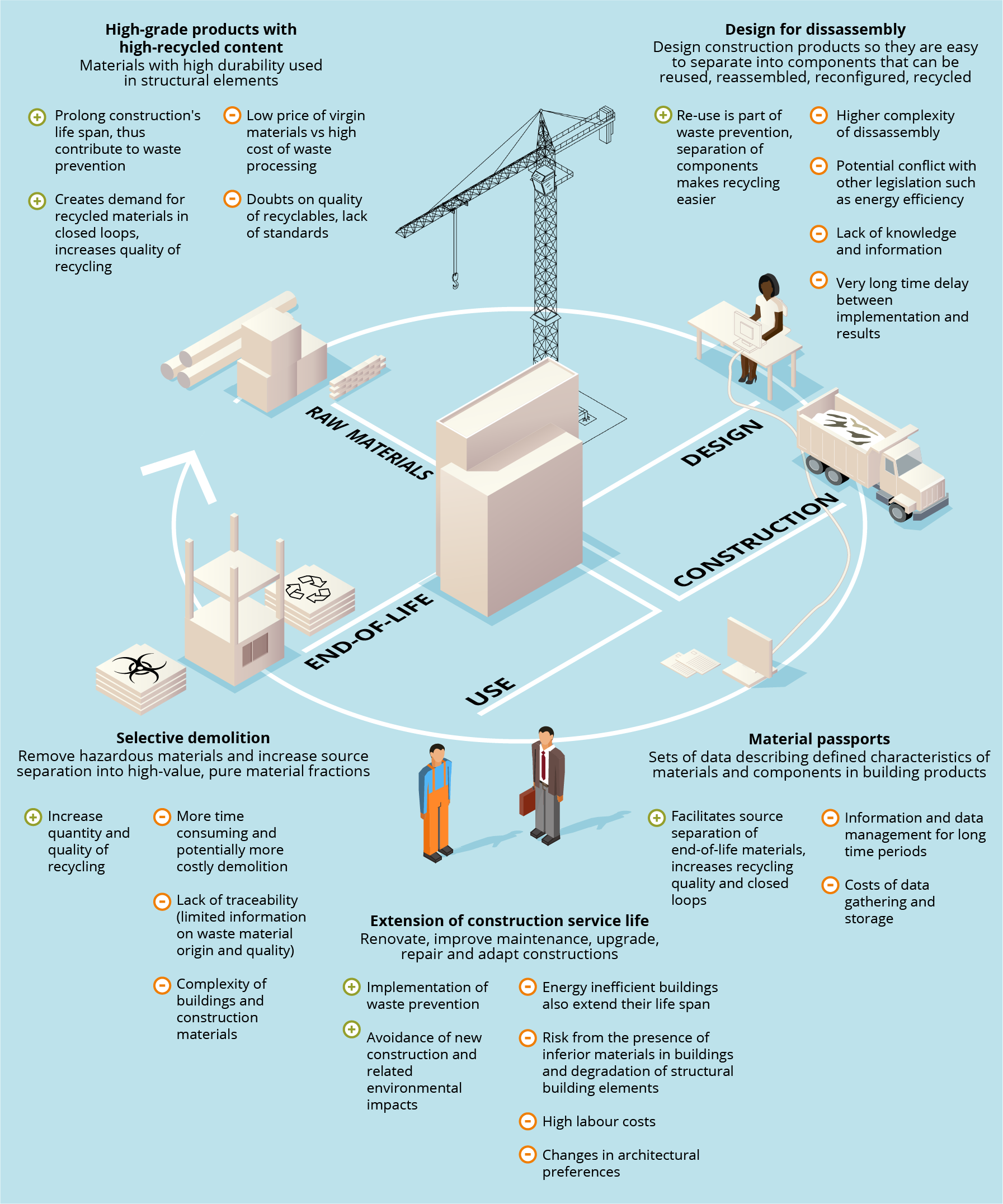
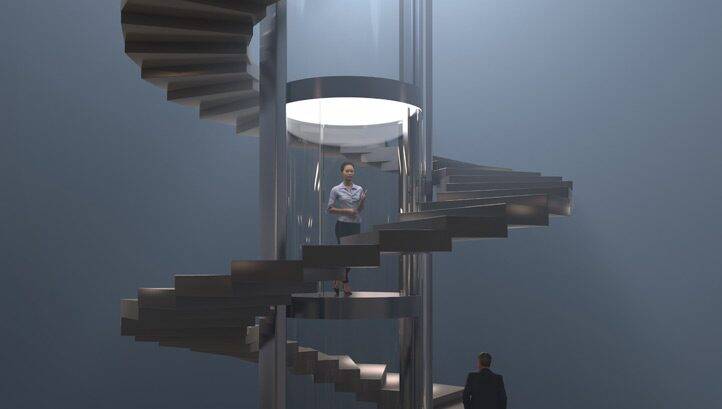
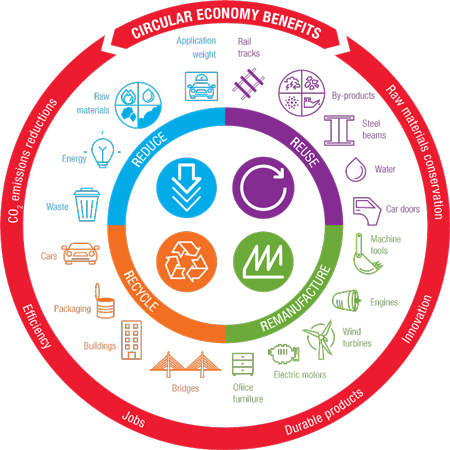

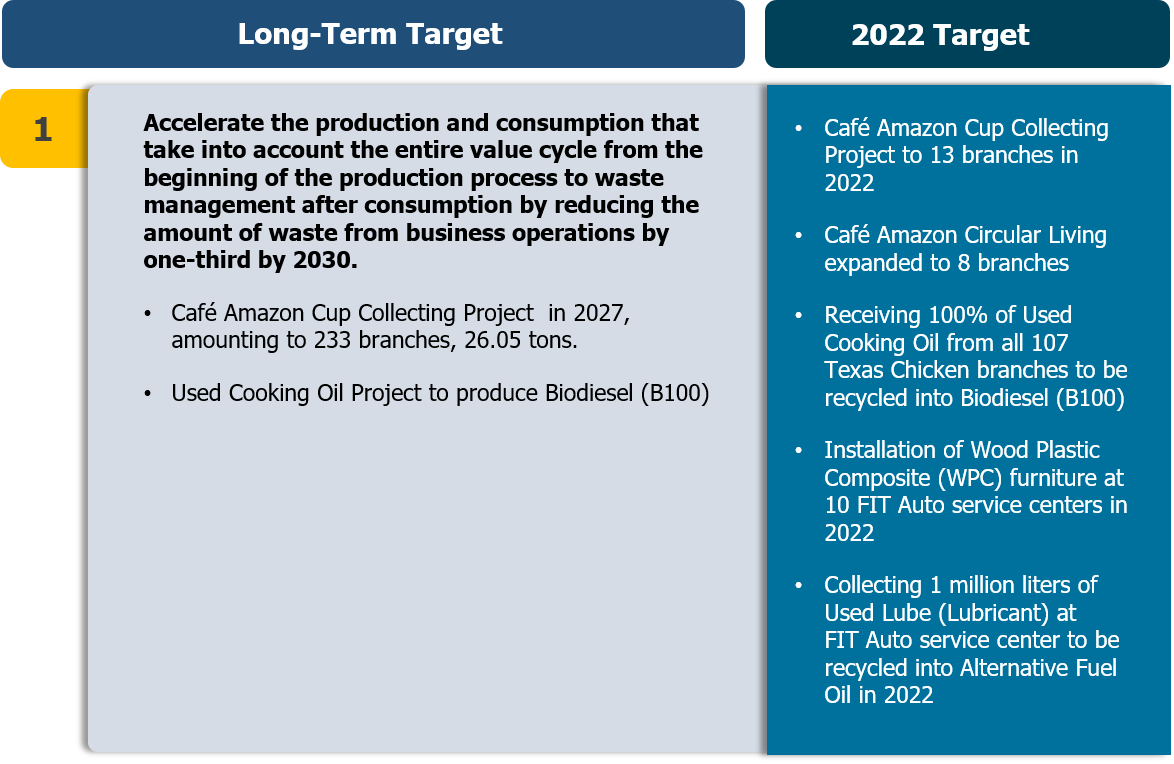
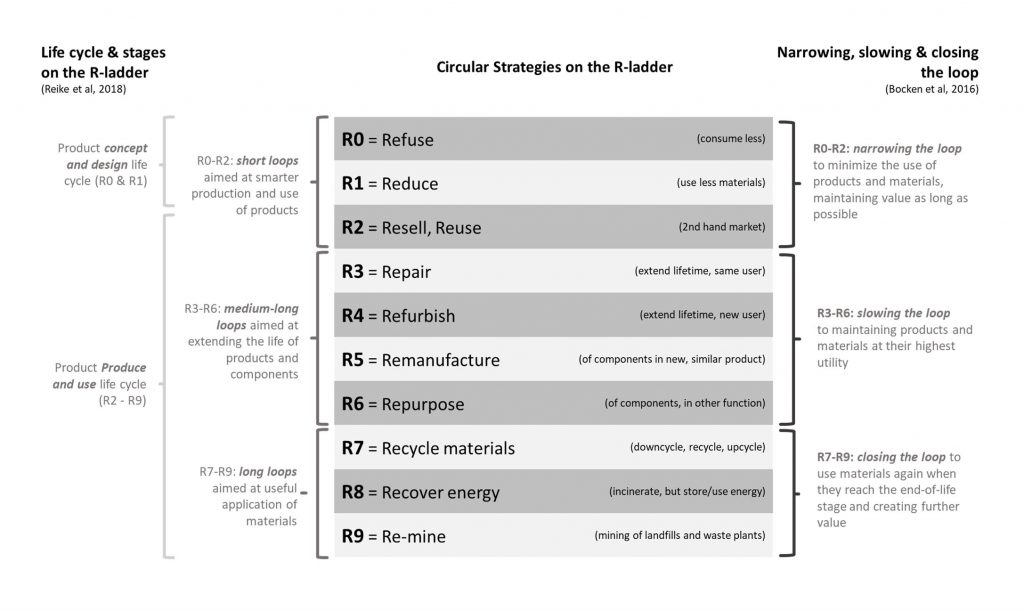

![]()
